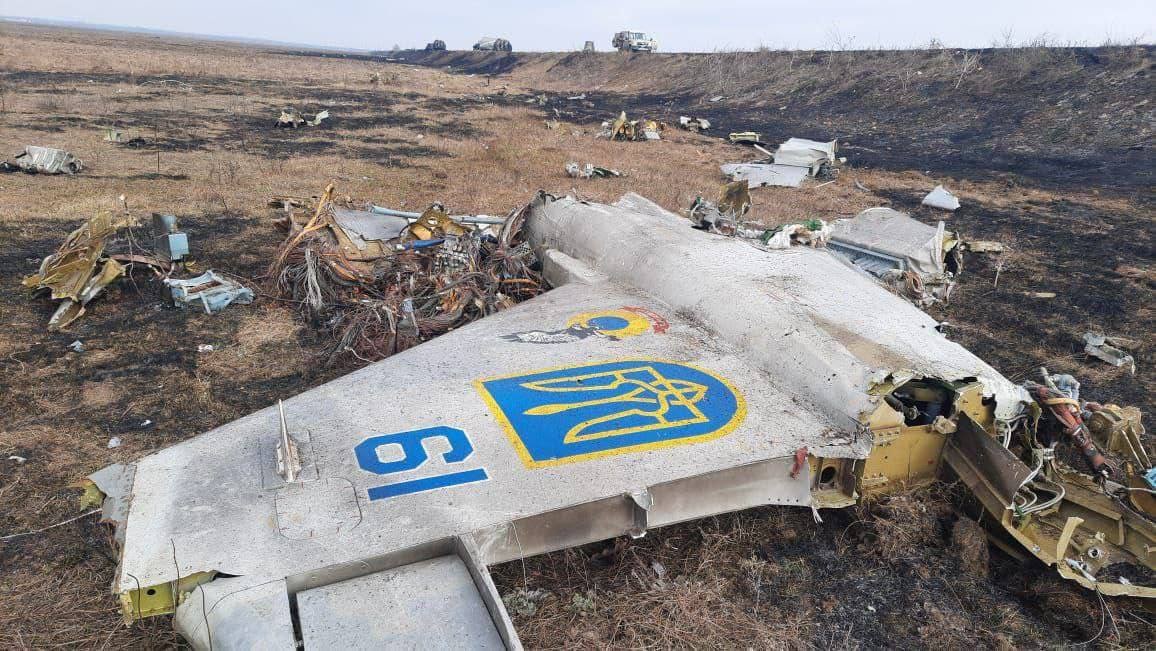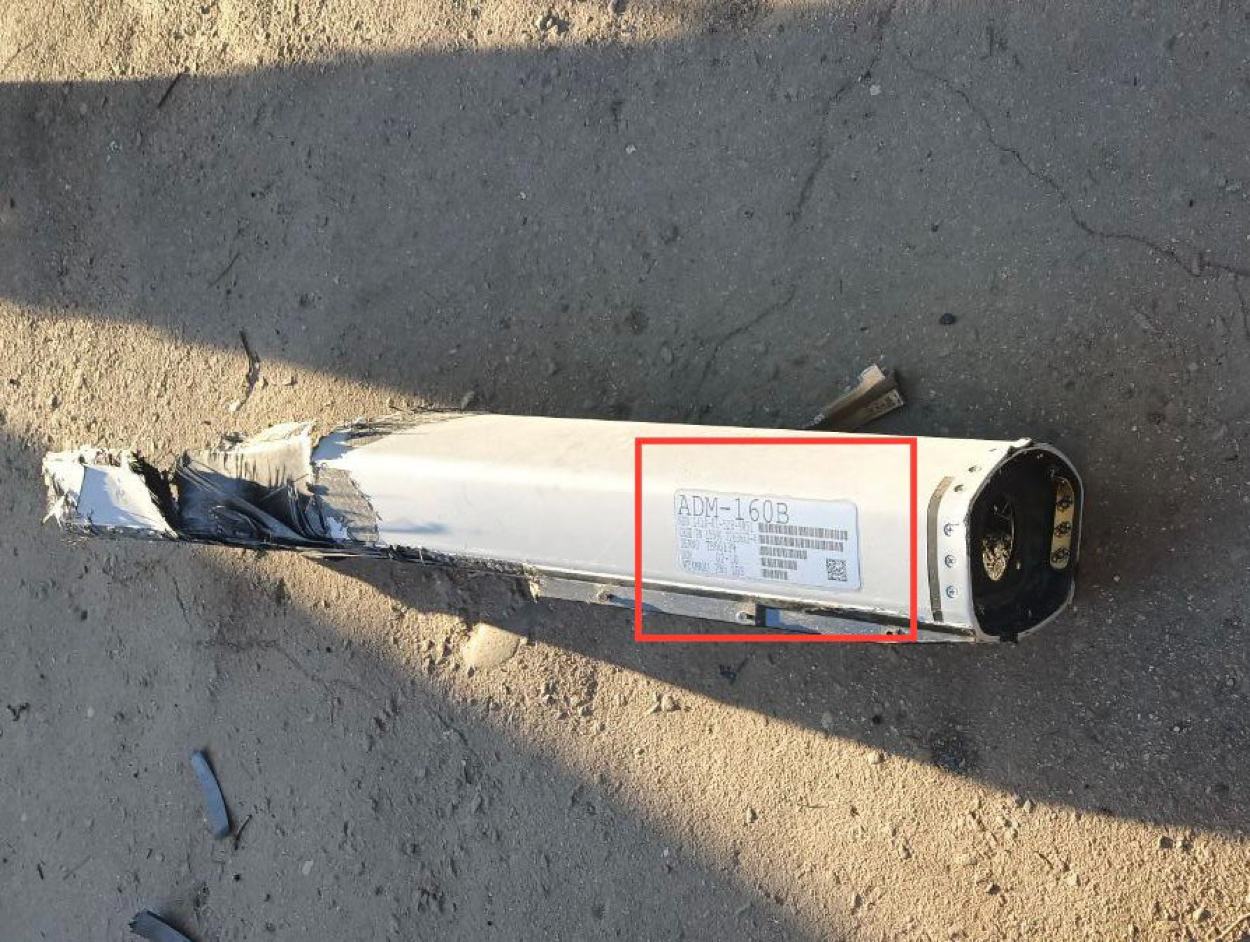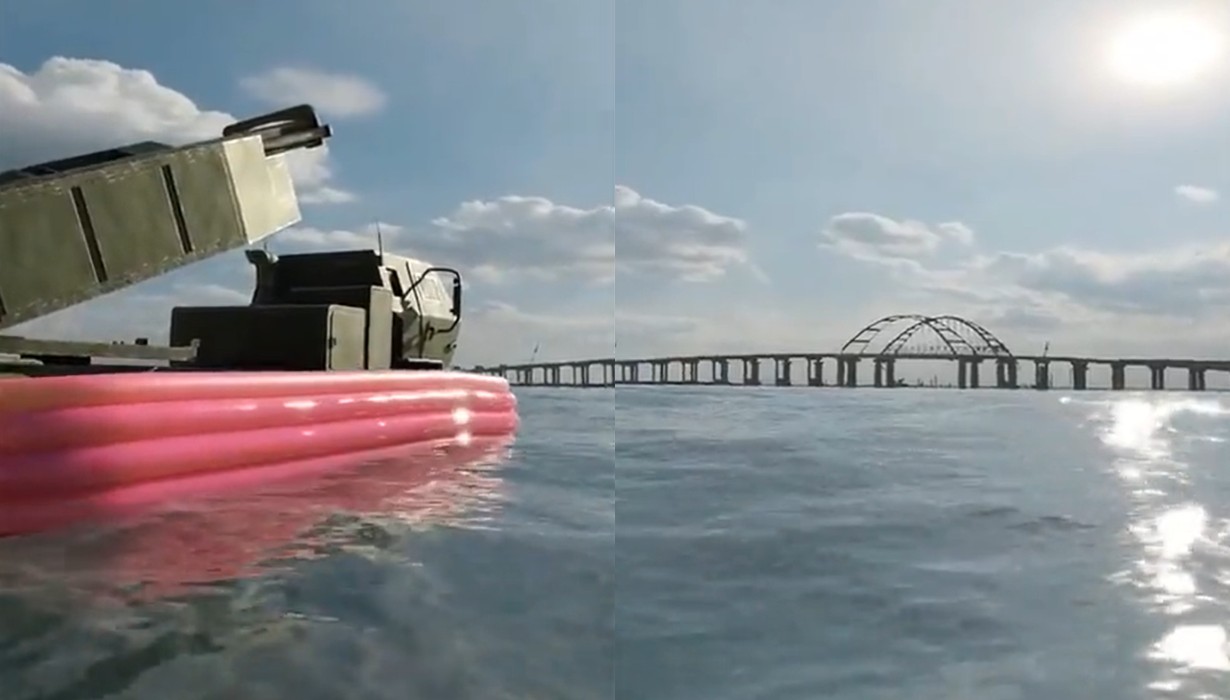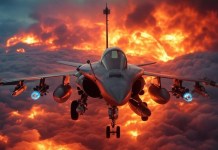Earlier this month, Russian Defense Minister Sergei Shoigu said that Russian troops had achieved an outstanding feat of shooting down at least 24 Ukrainian warplanes in just five days. These claims, previously dismissed by the Ukrainian Air Force as absurd, have now been accepted.
Gaza War: US, British Marines ‘Train For Action’; 2nd US Aircraft Carrier Reported Near West Of Cyprus
But there is a hitch. Some experts believe that although Russian air defenses may take pride in bringing down 24 Ukrainian fighter jets in less than a week, most of them would likely be aerial decoys instead of actual jets.
The report noted that all of the “liquidated” weapon systems are, at the very least, inexpensive dummy targets produced locally and outside the country, said a report published in New Voice of Ukraine. The information was based on an interview with the chief of a company that manufactures dummies.
Aiming for the authenticity of Russian media reports, it said, “The spread of these fakes about “destroyed Ukrainian equipment” can be partially explained by Russian propaganda.” Earlier this week, while visiting the Vostok Group of Forces in Ukraine’s east, Shogun said: “We shot down 24 aircraft in 5 days.”
At the same time, Russian officials claimed they used the S-400 Triumph surface-to-air missile (SAM) system in tandem with their A-50 Airborne Warning and Control System (AWACS) to shoot down a Ukrainian combat jet. The announcement, which was analyzed in depth by EurAsian Times, did not specify whether one of the 24 alleged Ukrainian warplanes was shot down using this deadly combination.
The Ukrainian officials, on their part, were quick to refute these claims as baseless and accused Moscow of overestimating the number of Ukrainian equipment it destroys in combat. For instance, Russia had earlier claimed that it shot down 70 Su-25 Frogfoot fighters of the Ukrainian Air Force, several times more than the Ukrainian service had in its inventory.

In reality, Ukraine’s pre-war Sukhoi Su-25 fleet numbered around 30. The service has since lost just about 17 Su-25 attack fighter jets, according to Dutch-based open-source intelligence website Oryx. Although the service did receive additional jets from NATO countries, the total number remained far from the 70 that the Russian MoD has claimed.
Throughout this war, the Russian overestimation of Ukrainian equipment losses has been attributed to the mushrooming of decoys on the battlefield. However, while there has been enough information about decoys imitating ground-based systems deployed by Ukrainian forces, decoys that mimic fighter jets are still largely out of media coverage.
Russia, on its part, has been deploying inflatable and steel models of fighter jets. As per satellite imagery published earlier, the Russian military replaced several fighter jets at the Belbek airfield in Ukraine’s Russian-occupied Crimea with painted ones.

EurAsian Times could not independently verify whether Ukraine deployed aircraft decoys on the battlefield. However, one thing is sure: if Ukraine is indeed deploying inflatable decoys of fighter jets, some of the 24 warplanes that Russia claims to have destroyed may have been destroyed while they were parked on the ground.
Previously, reports from May indicated that Ukraine was using US-built ADM-160 Miniature Air Launched Decoy (MALD). This autonomous, programmable flight system can imitate US or allies’ aircraft to confuse enemy Integrated Air Defense Systems (IADS). These decoy missiles were reportedly being used along with JADM and HARM missiles.
In a conversation with NV Radio conducted in the backdrop of Russian reports, the operational director of the Metinvest Group of mining and steel businesses, Oleksandr Myronenko, described how “fake weapons” deceive enemy forces in an interview with NV Radio on October 26.
Decoys Have Lined The Ukrainian Battlefield
When asked how the manufacturing of these decoys started in the first place, Myronenko said over a year has passed since the production of these decoys started. He said that the company was approached by the Ukrainian military, which arrived with their needs in hand. The military, he claims, inquired whether such mock-ups or similar things might be created to aid in deceiving the adversary or creating false positions.
Elaborating on how it kicked off, Myronenko said his company began production after looking at the drawings of these mock-ups. The initial replicas weren’t particularly effective, but the company eventually worked with the military to refine every variation and model of a specific fictitious weapon.
“And currently, they look very similar to the originals. And they work very well, according to the feedback we get from the military. This is a project we’re implementing together with our military. This is a significant work.”

When inquired about how the efficacy of these decoys is determined, Myronenko explained it ought to be identical to the original so that, whether viewed from a drone or other kind of surveillance, it cannot be identified as different.
“And the key indicator is when the mock-up is hit, it performs its function very well. And the enemy is spending their high-cost ammunition to hit things made of wood and plastic, rather than the real weapons hitting them in return.”
Now, why would the great Russian Army need to place fake inflatable S-300 anti-aircraft replicas around Crimea? pic.twitter.com/3HVDMGRunM
— Jay in Kyiv (@JayinKyiv) August 11, 2022
Additionally, Russia possesses battle tanks, S-300 missile systems, and inflatable MiG-31 fighter jets as part of its decoy force. They have been made fun of by the Ukrainians for losing steam in combat. The knock-offs made by engineers at Metinvest are believed to be more sophisticated.
The presence of decoys in Ukraine became evident in early September this year, especially with Russia’s claims of destroying an unprecedented number of cutting-edge systems like HIMARS, Leopard-2 tanks, and M777 Howitzers.
In early September, it became known that these decoys, once deployed, looked so real that Russian combatants and drone camera operators were coaxed into hitting them. Ultimately, the Ukrainians were exhausting Russian drones and expensive precision-guided missiles.
The arsenal of decoy weapons includes American M777 howitzers, Ukrainian D-20 gun-howitzers, mortar tubes, air defense radars, and more. Metinvest has likely either reproduced or is now replicating any equipment that is currently deployed and in operation in Ukraine, all within the little hangar that is nestled away on the outskirts of a large industrial site in central Ukraine.
- Contact the author at sakshi.tiwari9555 (at) gmail.com
- Follow EurAsian Times on Google News




